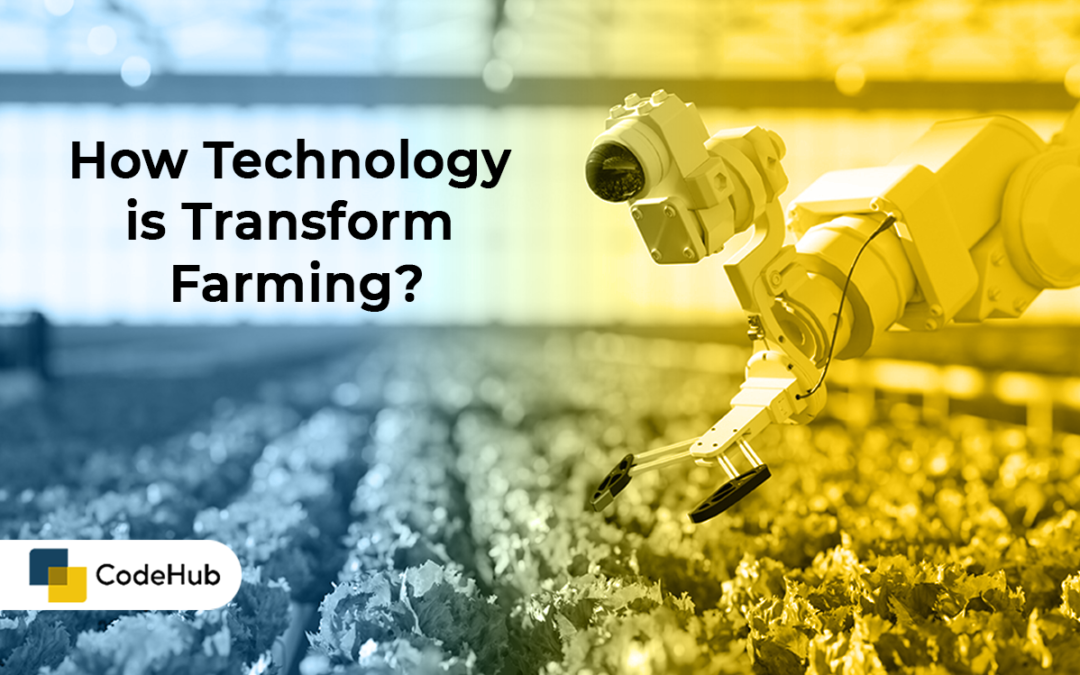Farming is one of the oldest and most essential human activities. It provides us with food, fiber, fuel, and other products that sustain our lives and economies. However, farming is also facing many challenges in the 21st century, such as climate change, population growth, water scarcity, soil degradation, pests, diseases, and market fluctuations. To overcome these challenges, farmers need to adopt new technologies that can help them increase productivity, efficiency, sustainability, and resilience.
Technology is transforming farming in many ways, from the seeds that are planted to the crops that are harvested. Here are some of the examples of how technology is changing the face of farming:
- Precision agriculture: This is the use of data, sensors, GPS, drones, robots, and artificial intelligence to monitor and manage crops and livestock. Precision agriculture enables farmers to optimize inputs such as water, fertilizer, pesticides, and labor, and to improve outputs such as yield, quality, and profitability. Precision agriculture can also reduce environmental impacts by minimizing waste and emissions.
- Vertical farming: This is the practice of growing crops in stacked layers indoors or in controlled environments. Vertical farming can save space, water, and energy, and can produce fresh and nutritious food all year round. Vertical farming can also reduce transportation costs and carbon footprint by bringing food closer to consumers.
- Biotechnology: This is the manipulation of living organisms or their components to create new products or processes. Biotechnology can enhance crop traits such as drought tolerance, pest resistance, nutrient content, and shelf life. Biotechnology can also create new sources of food such as lab-grown meat and algae.
- Blockchain: This is a system of distributed ledger that records transactions in a secure and transparent way. Blockchain can improve traceability, accountability, and efficiency in the food supply chain. Blockchain can also empower farmers by giving them access to information, markets, and finance.
These are just some of the examples of how technology is transforming farming. Technology can offer many benefits for farmers and consumers alike, but it also poses some challenges and risks. For example, technology can create ethical, social, and environmental dilemmas; it can disrupt traditional practices and cultures; it can increase inequality and dependency; and it can be vulnerable to cyberattacks and malfunctions. Therefore, technology should be used with caution and responsibility, and with respect for human values and nature.
Technology is not a panacea for all the problems facing farming. Technology should be seen as a tool that can complement and enhance human skills and knowledge. Technology should also be accessible and affordable for all farmers, especially smallholders and women. Technology should be guided by science-based evidence and participatory decision-making. Technology should be aligned with the goals of sustainable development and food security.
Technology is transforming farming in many ways. Technology can help farmers produce more with less. Technology can help farmers adapt to changing conditions. Technology can help farmers connect to markets and consumers. Technology can help farmers improve their livelihoods and well-being. Technology can help farmers feed the world.

